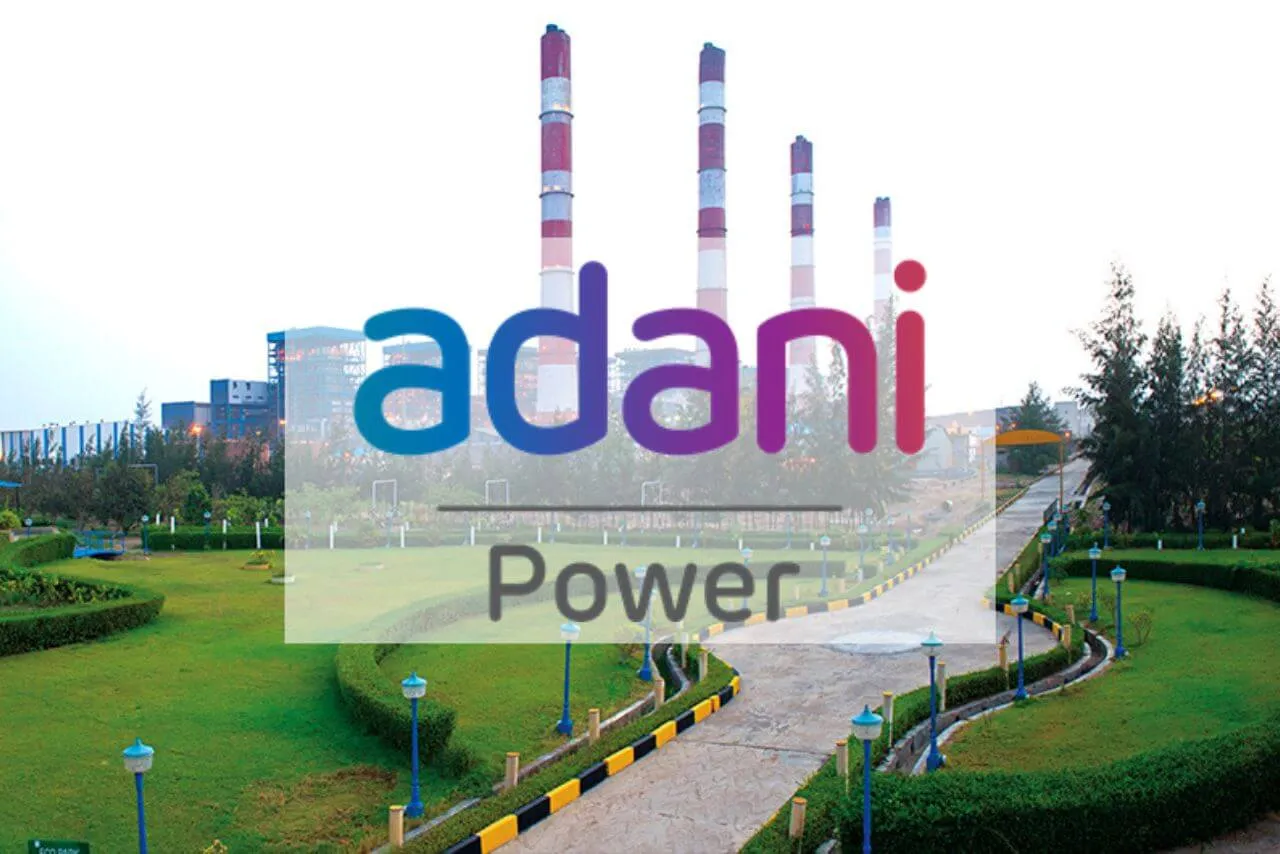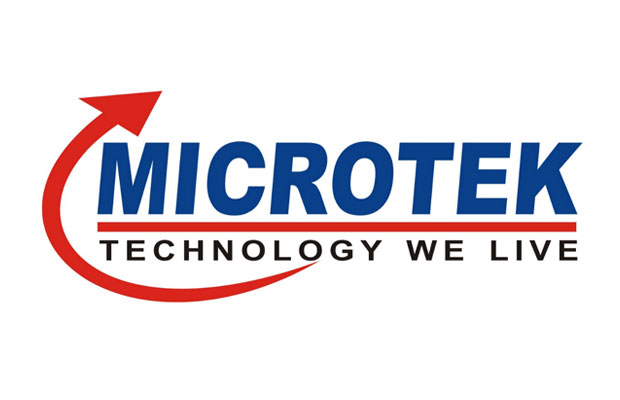Lead-Acid Batteries
The Essential Guide to Lead-Acid Batteries for Solar Power Systems
Lead-acid batteries are a cornerstone of modern power systems, known for their reliability and cost-effectiveness. Used in everything from vehicles to renewable energy systems, understanding these batteries' functionality and maintenance can optimize their performance and extend their lifespan
What are Lead-Acid Batteries?
Lead-acid batteries are the oldest type of rechargeable battery and remain prevalent due to their efficiency and cost-effectiveness. Comprising lead-dioxide cathodes, lead anodes, and a sulfuric acid electrolyte, they are crucial for various industrial, automotive, and stationary applications.
How Do Lead-Acid Batteries Work?
The Chemical Reaction
During discharge, the lead-dioxide cathode and lead anode react with the sulfuric acid electrolyte to produce electricity, turning into lead sulfate and water. This reaction reverses during charging, making them reusable.
Charging and Discharging Cycles
Proper charging is vital to maintaining the battery's life and efficiency. Understanding the correct charging cycle prevents common issues such as sulfation and ensures maximum performance.
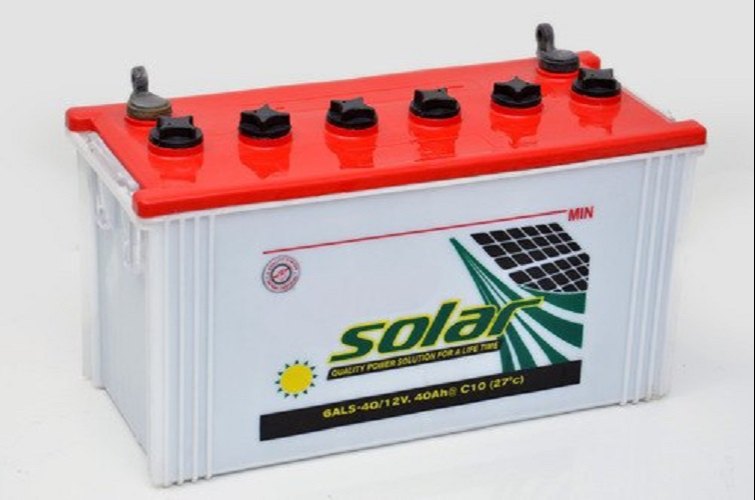
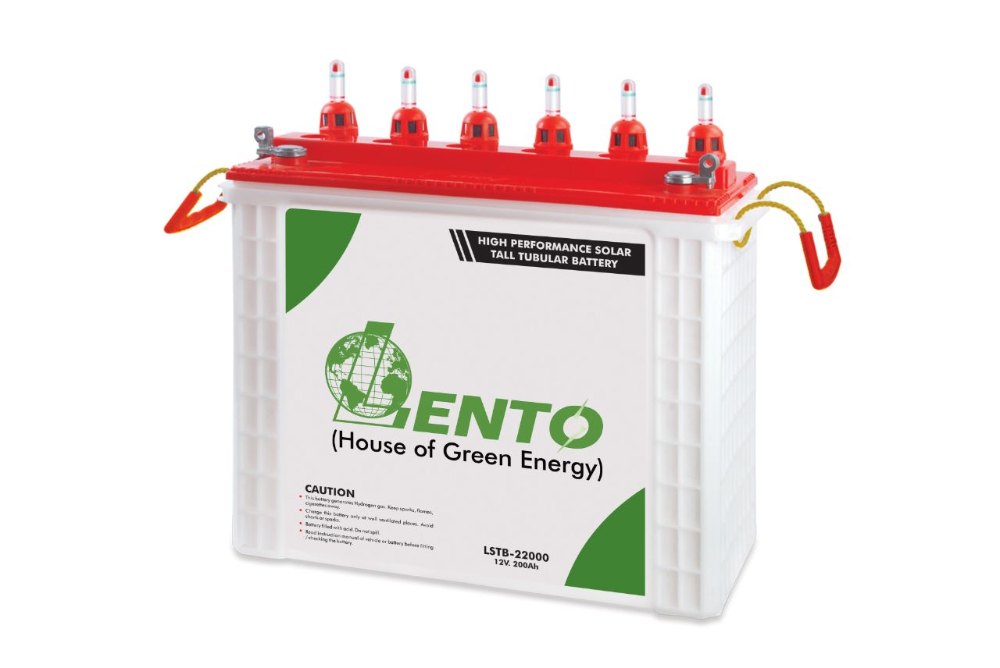
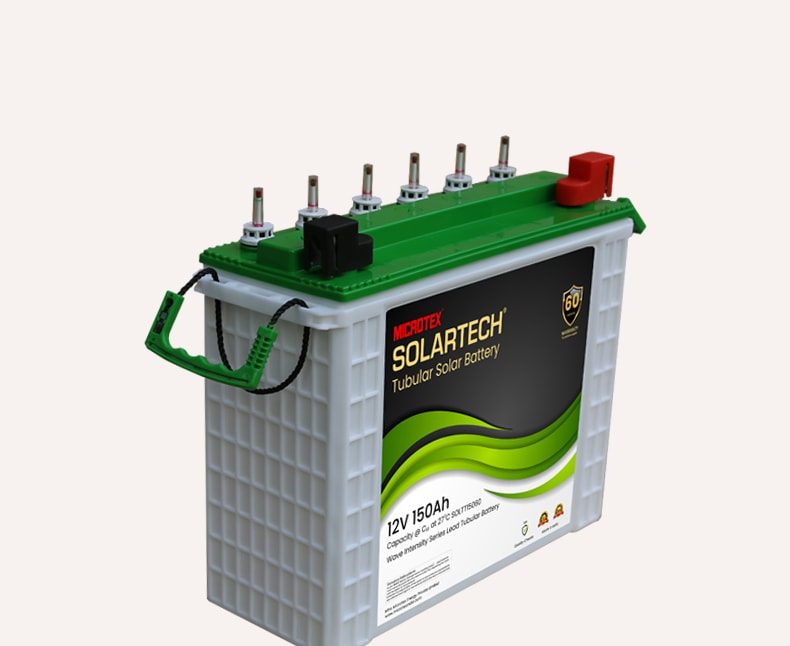
Applications of Lead-Acid Batteries
Automotive Industry
From starting engines to powering accessories and lighting, lead-acid batteries are essential in automotive applications.
Energy Storage
They are widely used in solar power installations, providing an economical solution for energy storage.
Emergency Power Systems
Lead-acid batteries provide reliable backup power for critical systems in hospitals, data centers, and telecommunication facilities.
Advantages of Lead-Acid Batteries
Cost-Effective
They offer one of the lowest cost-per-watt-hour.
High Reliability
Lead-acid batteries are capable of delivering high surge currents.
Recyclability
They have a well-established recycling process, making them an environmentally friendly option.
Maintenance Tips for Lead-Acid Batteries
Regular Charging
It is crucial to maintain a regular charging schedule to prevent sulfation and extend battery life.
Keep Clean
Ensure terminals are clean and free from corrosion to avoid power losses.
Proper Storage
Store the batteries in a cool, dry place and avoid extreme temperature conditions.
Latest Technological Advancements
Recent innovations have focused on increasing the efficiency and lifespan of lead-acid batteries. Developments like advanced lead-carbon technology and improved electrolyte formulations are enhancing their performance and applicability in modern power solutions.
FAQ
If you don't see an answer to your question, you can send us an email from our contact form.
Send EnquiryA lead-acid battery is a type of rechargeable battery that uses sponge lead and lead peroxide to convert chemical energy into electrical energy. This technology is well-known for its ability to provide high surge currents despite its relatively low energy-to-weight ratio.
Lead-acid batteries operate through a chemical reaction between sulfuric acid and lead in the battery’s plates, forming lead sulfate and releasing electrons. These electrons flow through circuits outside the battery to generate electricity. During charging, the chemical process is reversed, removing the lead sulfate and restoring the plates to their original condition.
-
Cost-Effectiveness:Lead-acid batteries are among the most economical choices for a given power capacity.
-
High Surge Currents:Excellent for applications needing a large amount of power in a short time, such as starting an engine.
-
Reliability:Proven technology with predictable performance and lifespan.
-
Shade Tolerance: They are less efficient in handling partial shading of solar panels compared to systems with microinverters or power optimizers.
-
Scalability: Adding more panels to an existing system might require a new inverter or complex configuration adjustments.
There are primarily three types of lead-acid batteries:
-
Flooded (or wet):These contain a liquid electrolyte and require regular maintenance such as water topping.
-
Sealed (or Valve-Regulated Lead Acid, VRLA): These batteries are sealed, typically using gel or absorbent glass mat technology, and do not require watering.
-
AGM (Absorbent Glass Mat):A type of VRLA battery that uses a fiberglass separator holding the electrolyte in place, offering better performance and less maintenance.
String inverters typically have a lifespan of about 10 to 15 years, which is shorter than the lifespan of solar panels. It is common for an inverter to be replaced at least once during the operational lifetime of a solar power system.
String inverters require minimal maintenance. Regular monitoring to check for error messages or alerts about the system’s performance is essential. Keeping the inverter and its surroundings clean and free from debris can also help maintain its efficiency and prolong its lifespan.
While string inverters are commonly used in residential and small commercial settings, for larger commercial or utility-scale installations, central inverters or multiple string inverters configured to work in parallel are typically used to handle higher power outputs more effectively.
Happy Customer
Lead-acid batteries have been a reliable source of power for various applications, from automotive to renewable energy storage. Below, our customers share their positive experiences, emphasizing the durability and cost-effectiveness of our lead-acid batteries.

